Step into Maasai Life -
An Authentic Village Experience
One of the most unforgettable experiences you can have in Tanzania is stepping into the world of the Maasai. At Afrimine Tours, we don’t take you to commercialized setups created for tourists – instead, we bring you to authentic villages, real communities that live off the grid, where you’ll meet Maasai people in their daily lives.
Let’s take a journey together…
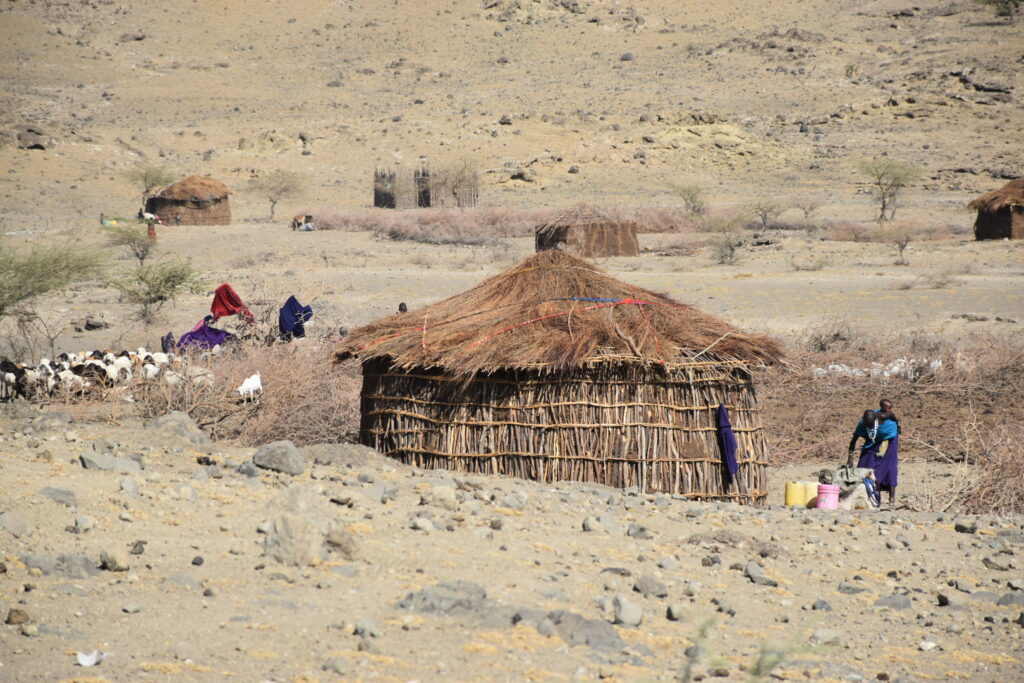
Who Are the Maasai?
The Maasai are one of about 160 distinct tribes in East Africa, but they are undoubtedly among the most iconic. Known for their striking red robes (the famous shuka), colorful beadwork, and warm hospitality, the Maasai are semi-nomadic pastoralists whose lives revolve around caring for their cattle.
They follow the rains across northern Tanzania and southern Kenya, always moving with their herds in search of fresh grazing land. Living close to world-renowned parks like the Serengeti and Maasai Mara, the Maasai have fascinated visitors for centuries with their traditions, resilience, and way of life.
Historically, the Maasai migrated from the lower Nile region, in what is today Sudan, around the 1500s. Over the course of 300–400 years, they moved southwards, eventually settling in Kenya and Tanzania, where they remain to this day.
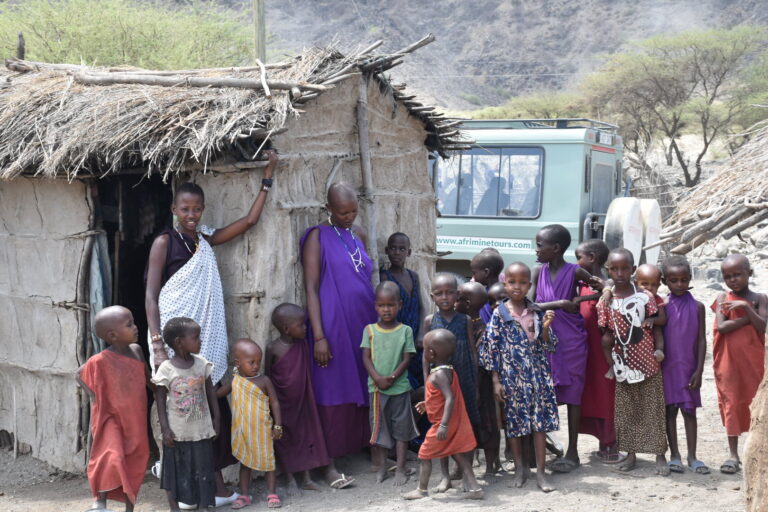
A Day in the Life of the Maasai
Every person needs food, shelter, and clothing – and the Maasai have unique ways of providing these essentials.
Their homes, called inkajijik in Maa (the Maasai language), are built by the women of the tribe. Constructed from a mixture of cow dung and sand, these circular homes are designed to be practical and mobile, reflecting the Maasai’s nomadic lifestyle. A larger inkajijik can house up to six to eight people, while the entire village is surrounded by an enkang – a protective fence built by the men to keep cattle safe from predators at night.
Cattle are at the heart of Maasai life. Not only are they the tribe’s main source of food, but they are also a measure of wealth, social status, and community survival. In more recent times, some Maasai communities have also begun cultivating crops, but livestock remains central to their culture and identity.
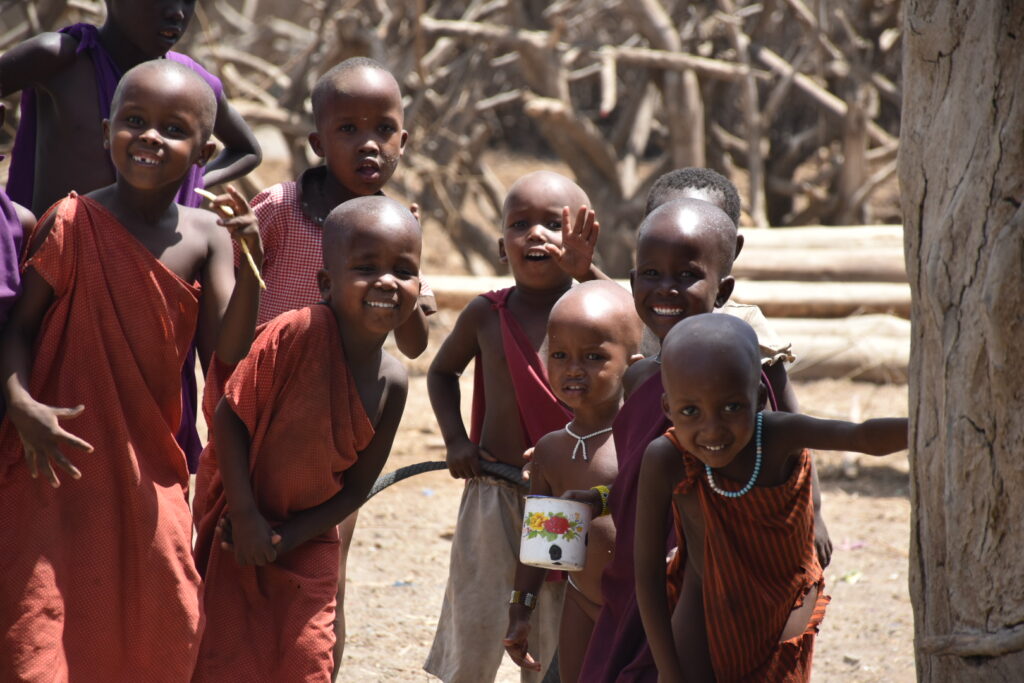
Culture, Color, and Community
Perhaps the most captivating part of Maasai culture is its vibrant spirit.
The bright shuka – usually red, but also in striking blues and blacks – is more than just clothing. It symbolizes tradition, pride, and identity. If you’d like to dive deeper into the story of this remarkable garment, we’ve written an article just for you: The Maasai Shuka.
The beadwork, handcrafted by Maasai women, tells stories through patterns and colors, often representing age, marital status, or social role.
Music and dance are equally important. The Maasai do not use instruments – instead, their voices carry the rhythm of life. During traditional gatherings, the olaranyani (lead singer) begins a melody, answered by the collective voices of the group. And of course, there’s the famous jumping dance (adumu), where young warriors display their strength and energy by leaping high into the air.
This is more than performance – it is tradition, a living expression of identity passed through generations.
Beyond the Ordinary -
Discovering the Maasai in Tanzania
When you visit a Maasai village in West Kilimanjaro with Afrimine Tours, you’re stepping into daily life.
You might:
- Take a guided nature walk with Maasai warriors and learn about the land through their eyes
- Go on a bike ride across Maasailand, sharing paths with the community
- Try your hand at spear throwing, an ancient skill of Maasai warriors
- Sit with the women as they create intricate beadwork, and even learn to make your own piece
Every experience is about connection, respect, and cultural exchange. You’re not just visiting; you’re taking part.
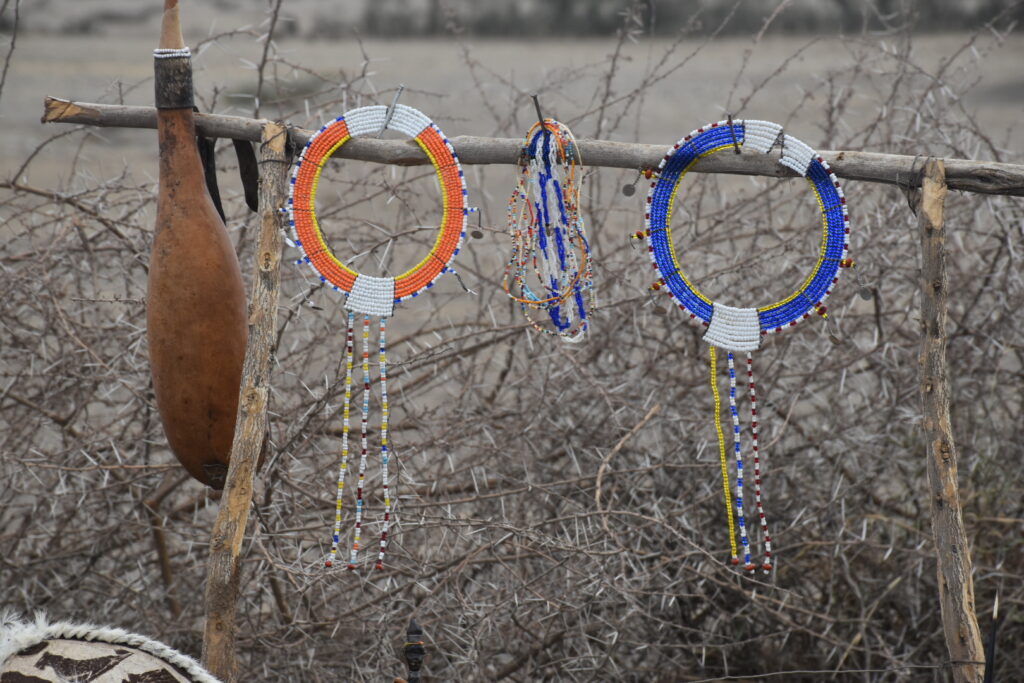
An Unforgettable Journey
Visiting a Maasai village is not only a cultural encounter but also an invitation to see the world from a different perspective – one grounded in tradition, community, and balance with nature.
As the Maasai say: ‘People are wealth, and wealth is people.’ This wisdom reflects the heart of their culture – relationships, respect, and togetherness matter more than material possessions.
When you leave, you’ll carry more than memories of colorful shukas, rhythmic dances, and smiling faces. You’ll carry a reminder of the strength of tradition, the beauty of simplicity, and the joy of human connection. And that, truly, is the greatest gift of all.
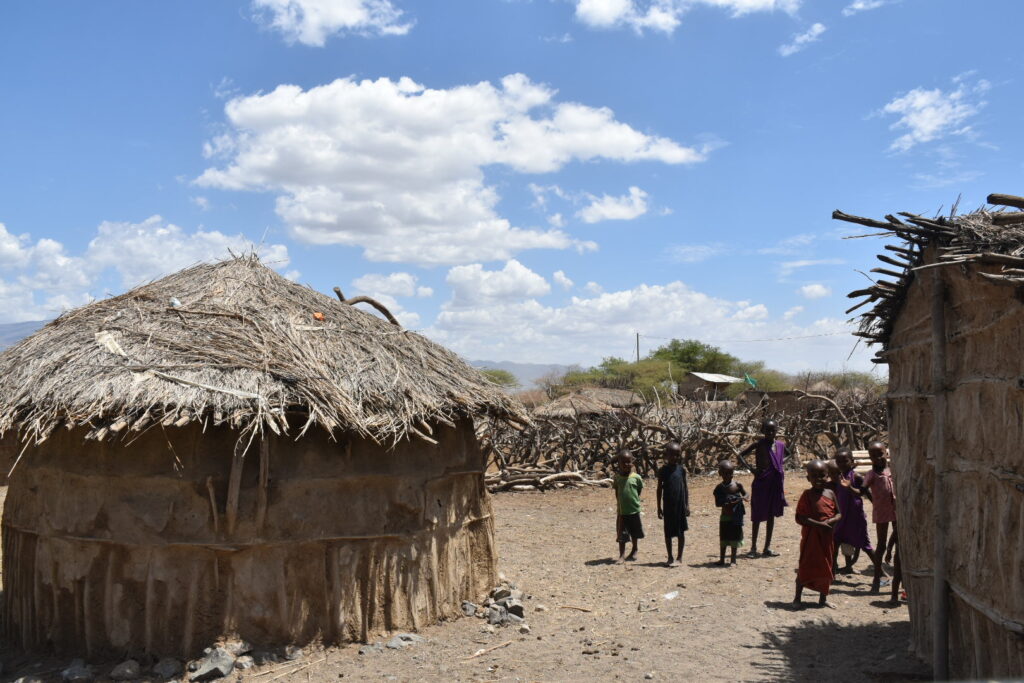
Ready to meet the Maasai?
Let Afrimine Tours take you beyond the ordinary and into the heart of Tanzania’s living culture.
